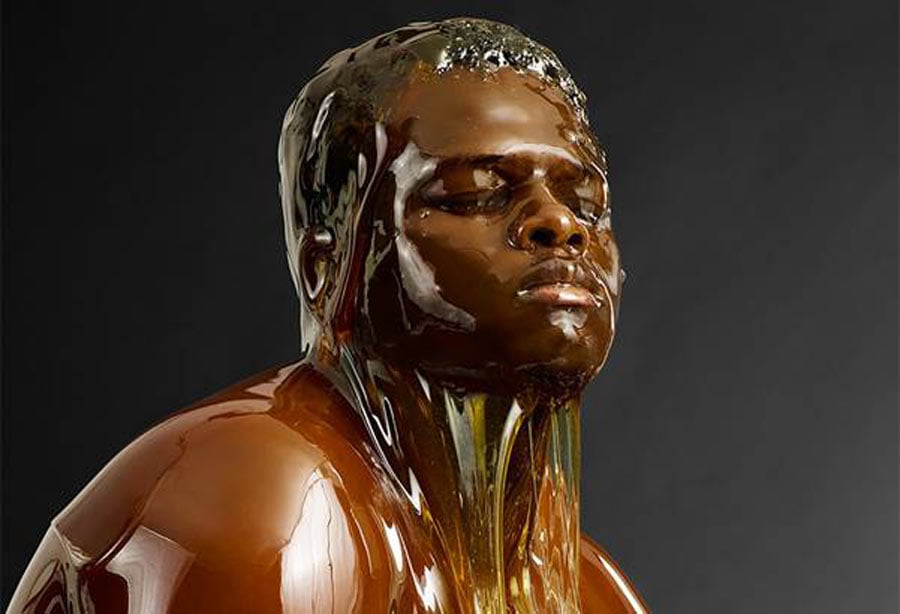Egyptian Pharoah Pepi II Coated His Slaves in Honey to Use as Fly Traps
Pepi II was an Egyptian pharaoh of the Old Kingdom who succeeded to the throne at the tender age of six. Perhaps it was this privileged upbringing which ultimately resulted in him being one of Egypt’s more demanding kings – aside from ordering the capture of a dancing pygmy for his entertainment, he also insisted his slaves coat themselves in honey to keep those pesky flies away from him!
Pepi II Neferkare, who was the son of Pepi I, was a pharaoh of the Sixth Dynasty in Egypt’s Old Kingdom who reigned from c. 2278 BC. His mother, Ankhesenpepi II served as regent while Pepi II was still a minor. He is usually mentioned as the longest-reigning monarch in history with some sources citing a 94-year reign, however other sources indicate it was 64 years. Regardless, Pepi II served as a king of Egypt for a very long time!
Aside from his marathon reign, Pepi II is also known for some pretty ludicrous behavior. A preserved letter that Pepi II wrote to Harkhuf, a governor of Aswan and the head of one of the expeditions Pepi II sent into Nubia, shows that Pepi II had requested that a dancing pygmy (an individual with very short stature) be captured ‘politely’ and brought back to entertain the court.
Pepi II also hated flies, so he reportedly demanded that his slaves be coated in honey to serve as fly traps, essentially attracting swarms of flies away from him and towards their own honey-coated bodies.
Not all Egyptians viewed flies with the same disdain as Pepi II. In fact, due to the insect’s swiftness and unwavering persistence, the fly came to be held in high esteem, a symbol of both persistence and tenacity. Golden flies would therefore be awarded to soldiers who displayed such qualities on the battlefield.
Fly amulets were also crafted from gold, silver, bone, lapis lazuli, faience, carnelian, and amethyst. Some of the best examples of gold fly pendants were found in the tomb of Queen Ahhotep at Dra Abu el-Naga, in the Theban necropolis. It is most likely that wearing a fly amulet was believed to give protection from insect bites or to ward off flies, a much more savory approach than coating one’s slaves in honey!

String of seven golden fly amulets, 1600–1070 BC, Egypt. Metropolitan Museum of Art CCO.
Top image: Artist’s photograph of Isaiah, 2014, as part of the photography series ‘Preservation’. © Blake Little 2018. Photo prints can be purchased on the Blake Little website.
By Joanna Gillan




















Comments
Clearly, this is a representational image that reflects the content of the article. Most slaves in the Old Kingdom came from Nubia, and they were black. Best not to make an issue where there isn’t one.
Really? A discusting monarch? Gee, that's no surprise. What really surprised me is the photo of a black man covered in honey. Did they have cameras in Pepi ll 's age? Or is this a modern construct? Historically all races have been enslaved. I believe this is modern race baiting. Prove me wrong.